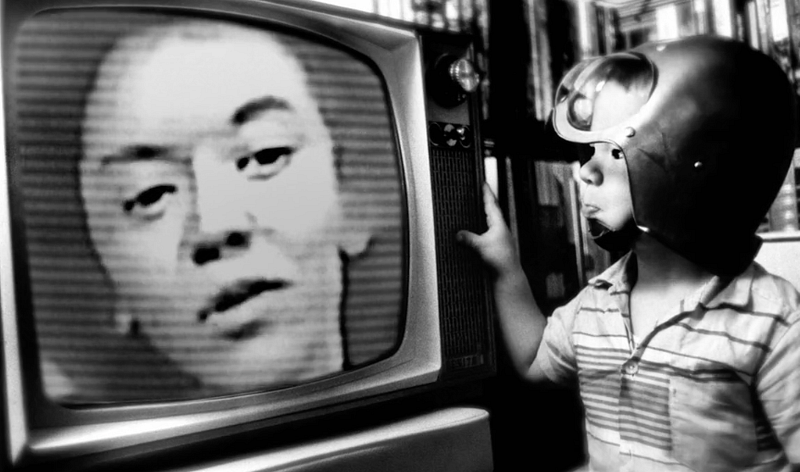Building Visionary Non-fiction By, About and For Our communities
An Immerse response
In addition to the work of building the muscle of our imaginations, we must build the pathways by which we reach each other, make sure we can hear each other beyond the status quo. — Adrienne Maree Brown

In her contribution to issue #3 of Immerse, Adrienne Maree Brown so elegantly lays out the imperative for collaborative creative work as a foundation for visionary fiction that has the potential and mission to transform our communities and mindset. Through the read I kept thinking about how necessary such an approach is for storytelling generally, beyond speculative fiction and its role in community building and change. For non-fiction storytelling in particular, the field I am deeply immersed in, her methodology is a welcome breath of fresh air, and the use of Octavia Butler’s work as a reference and source of inspiration could not be more relevant to our current times and envisioning our future.
In the work I do, I am constantly preoccupied with the how and the who of the storytelling. It’s a constant questioning of whether the process and daily practice of my work is allowing space for deep creative thinking, complexity of story and character and potential healing and change.
How do we in the documentary/non-fiction world — including VR, interactive documentary, feature or short films, and whatever comes next — validate and maintain a trust in keeping the marginal at the center, in focus and empowered while staying faithful to the imaginative craft of our storytelling as artists invested in change? I think Brown and DNA have a blueprint for us.
A critical element of visionary non-fiction lies in the notion of telling stories by us. The stories we choose to tell are so dependent on who tells those stories. POV reveals so much. Everything emerges from there.
Putting the storyteller at the center of the work is key to deeper structural shifts and change, but also to greater creativity. More space needs to be created that provides opportunity to explore our own stories and embrace failure as part of becoming better at our craft. But too much often seems to be at stake to allow for that crucial room. And the message from funders is often mixed at best.
Through collaborative work that focuses on our community as creators, subjects and audience/users, the possibilities are infinite. On the other side of the non-fiction storytelling coin, too little questioning occurs when storytellers from outside the community engage in telling our stories. Where and when could visionary non-fiction allow for process, collaboration and self-reflection on a storyteller’s baggage and potential position of power? Can DNA provide some clues on process for that type of insider-outsider engagement as artists?
I dug a bit deeper into the visionary fiction work laid out in Octavia’s Brood and found that some of the tools discussed seemed familiar in an instinctive, almost unconscious way in the work I have embraced over the years. The work we have been doing at the Rada Film Group has always involved a practice of collaboration, process and especially exposing vulnerabilities that can allow us to free our imagination about our past, present and future.
This year we are eagerly wetting our feet and creating a time travel story in the VR space. In the work, process is key — investing in the journey to making that story or creating a community engagement campaign that truly embraces and involves those of us most affected by questions raised in our stories. BUFU (By Us For Us and About Us) are ideas that have driven my passion for non-fiction storytelling, as a response to the white gaze on my community where my agency is compromised. But also as a way of questioning my own complicated position of relative privilege and oppression, my relationships with subjects, audiences and creative collaborators.
As Brown points out, By Us cannot be an individualistic endeavor in the creative process. Otherwise we end up perpetuating the same white supremacist structures we seek to dismantle and question. The process in creation as well as in outreach and engagement must embrace our collective interdependence. It is about who tells the story, how the story is told, and how we engage our community and who do we reach out to in order to create impact and change. These questions are fundamental to building new spaces in the art form, a visionary non-fiction.
The way in which the practice of process and creativity have been embraced in Detroit with speculative fiction represents an urgent call to action for all storytellers. New media platforms present an opportunity to avoid repeating or maintaining the same oppressive paradigms in the spaces we can control. Front and center are not just the stories we tell, but who tells the stories — and for whom they tell them. The collaborative practice at DNA and the specific voices being engaged are by their very existence acts of a visionary present-day.
Immerse is an initiative of Tribeca Film Institute, MIT Open DocLab and The Fledgling Fund. Learn more about our vision for the project here.